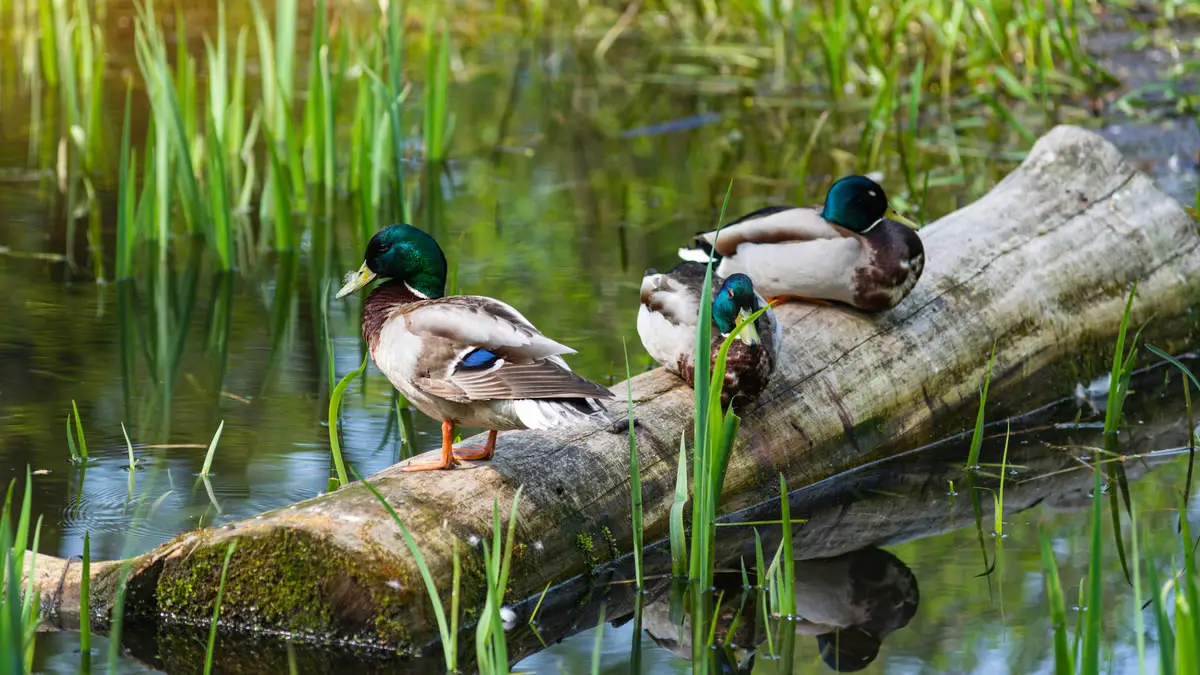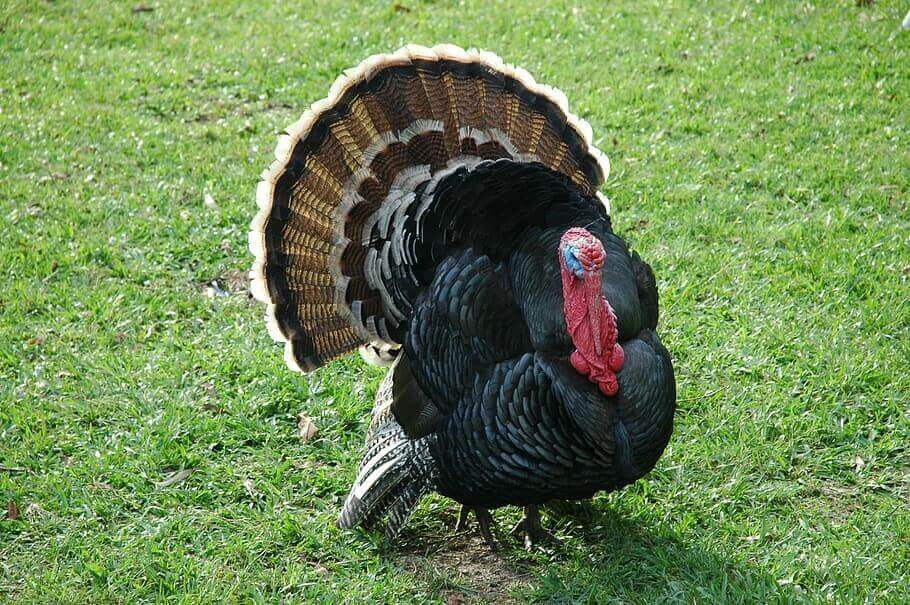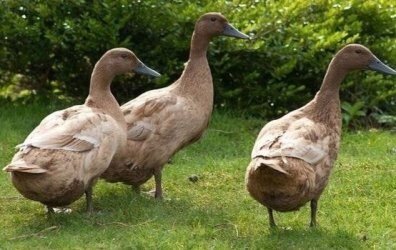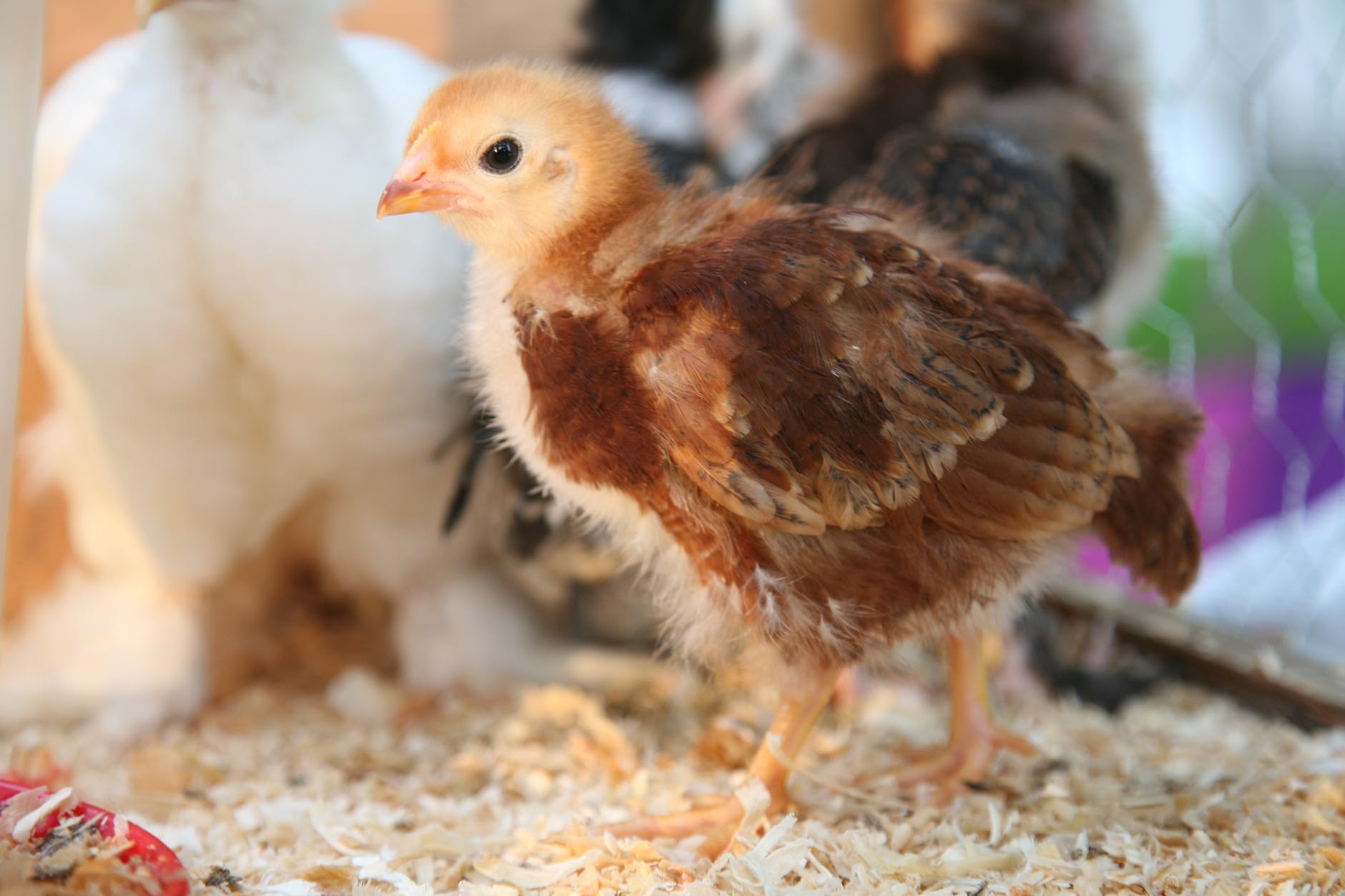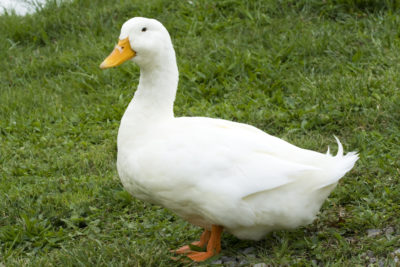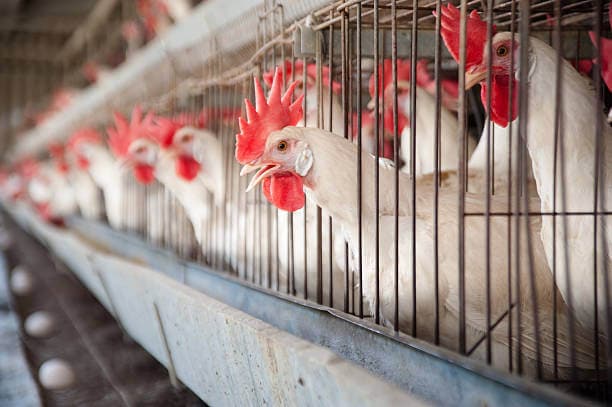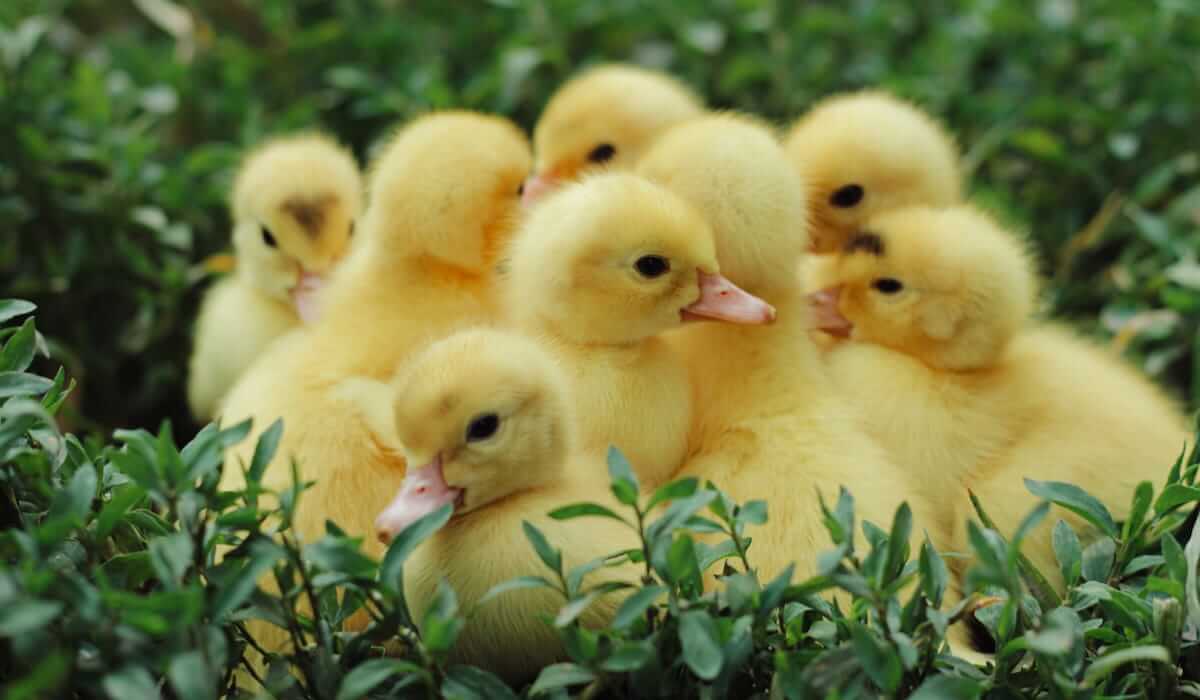Do Ducks Return To The Same Pond Every Year?
There is no definitive answer to this question, as it largely depends on the individual duck and its circumstances. Some ducks may return to the same pond every year if they find it to be a suitable habitat with ample food and resources, while others may only visit a pond sporadically or not at all. … Read more
